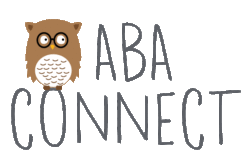NCR: Noncontingent Reinforcement
Noncontingent Reinforcement Part 1: Overviewby Gabriel Gafner at ABA Connect Noncontingent Reinforcement (NCR) is the presentation of a reinforcer, independent of the presence of a specific behavior. The learner receives reinforcement on a set schedule instead of for a positive response. The classic example is of a student sitting in the front of the classroom, […]
